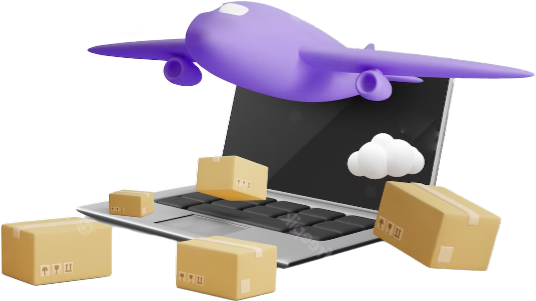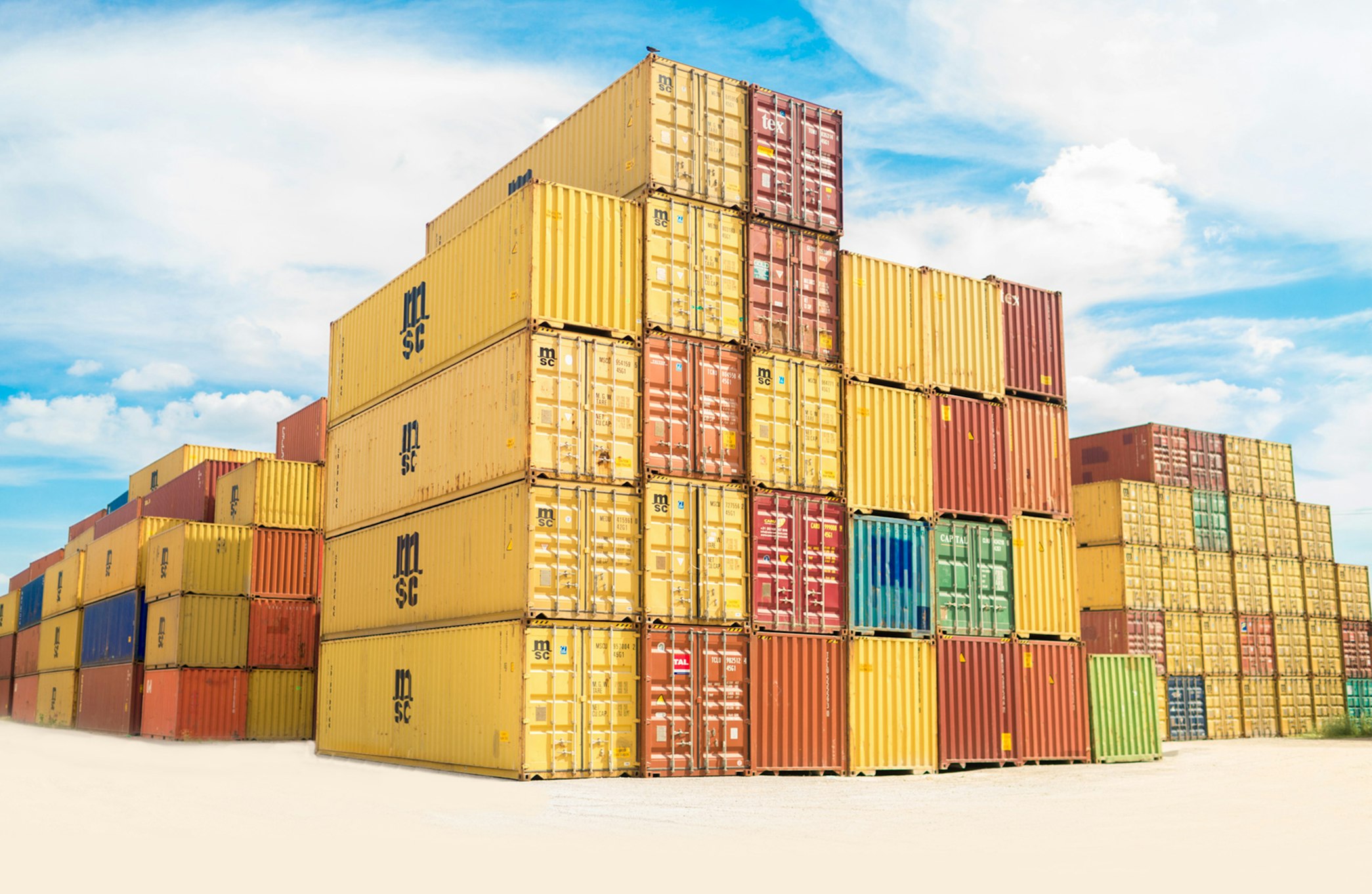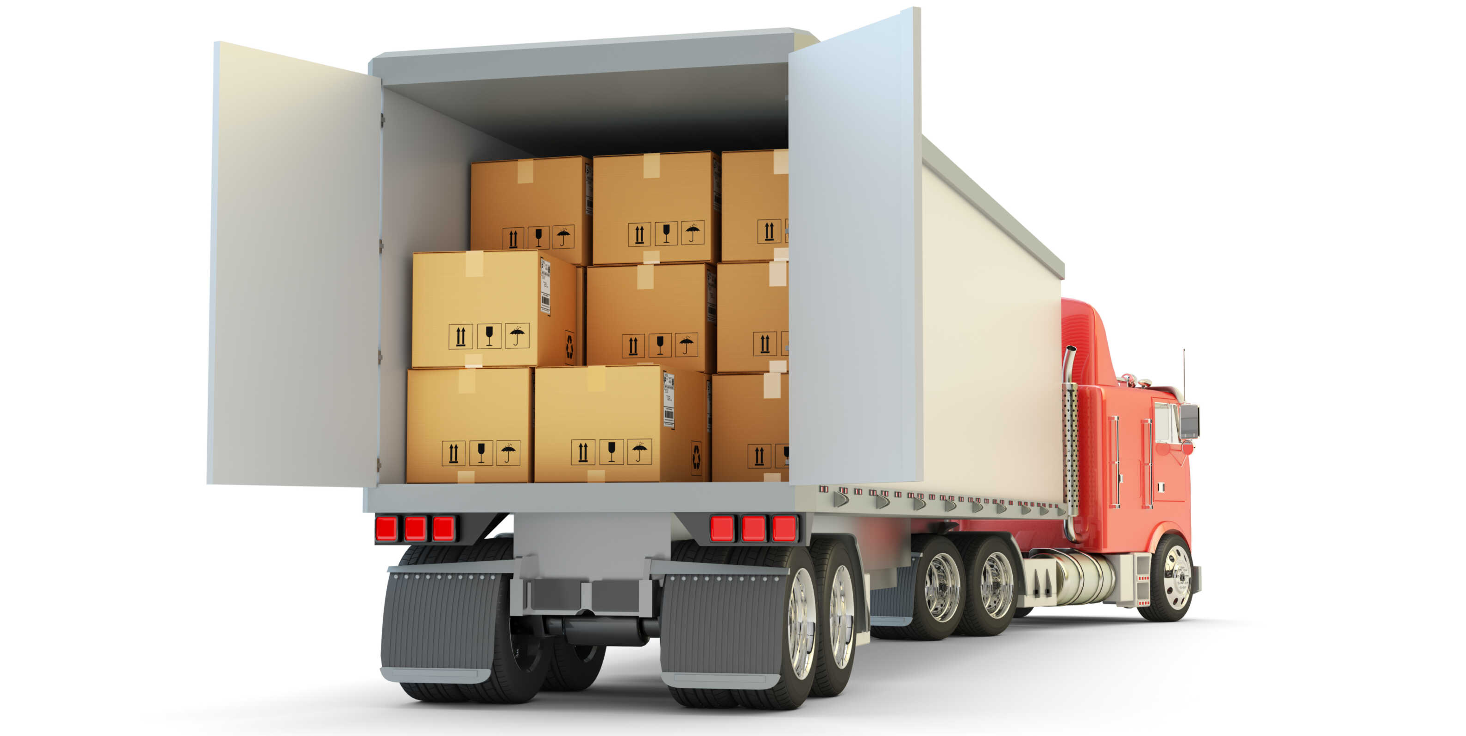
Shippers
With instant quotes, real-time tracking, and 24/7 access to trusted carriers, Uber helps streamline your operations.

Carriers
Prepare your information and just start shipping with seamless experience

With instant quotes, real-time tracking, and 24/7 access to trusted carriers, Uber helps streamline your operations.

Prepare your information and just start shipping with seamless experience
Find the status of your in transit shipment
Eg : LG124578963
Transforming logistics with technology personalization of our services, and increasing effectiveness data

14 mins to read
Live tracking of Less Than Truckload (LTL) freight works by utilizing various technologies and systems to monitor the location and status of individual shipments within a larger consolidated load. Here’s an overview of how LTL freight live tracking typically works:
The process begins when a shipper arranges to send their LTL freight through a carrier or logistics provider. The shipper provides essential information about the shipment, including the origin, destination, dimensions, weight, and any special handling instructions.
Each LTL shipment is assigned a unique tracking number or barcode, which is printed on labels and attached to the freight. Documentation, such as a bill of lading, also contains this tracking information.
LTL carriers collect shipments from multiple shippers to consolidate them into a single load. This consolidation is typically done at a terminal or distribution center.

Some LTL carriers equip their trailers or containers with tracking devices. These devices use various technologies such as GPS (Global Positioning System), cellular, or satellite communication to transmit real-time location data to a central tracking system.
As the LTL freight moves through the carrier’s network, it passes through various points such as terminals, cross-docking facilities, and distribution centers. At each of these points, the tracking number or barcode on the shipment is scanned or manually entered into the carrier’s system. This data includes the timestamp and location of the scan.
The tracking data collected from the scanning process is transmitted to a centralized database or software platform. This database stores and manages the real-time information for all shipments in transit.
Customers, including shippers and consignees, can access the tracking information through various means: Online Portals, Email or SMS Notifications, Customer Service.
The tracking system continually updates the status of each shipment as it moves through the carrier’s network. This includes information on arrival and departure times at terminals, estimated arrival times, delays, and other relevant details.
Once the LTL freight reaches its destination, it is scanned or signed for by the consignee. This event is recorded in the tracking system and often triggers a notification to the shipper that the shipment has been successfully delivered.
To move goods efficiently, shippers and consignees must proactively identify and address delays, missed pickups, route changes, and other issues. LTL tracking offers early insight into the transit journey that empowers shippers to take action quickly and minimize the impact of disruptions for their business and for their customers.